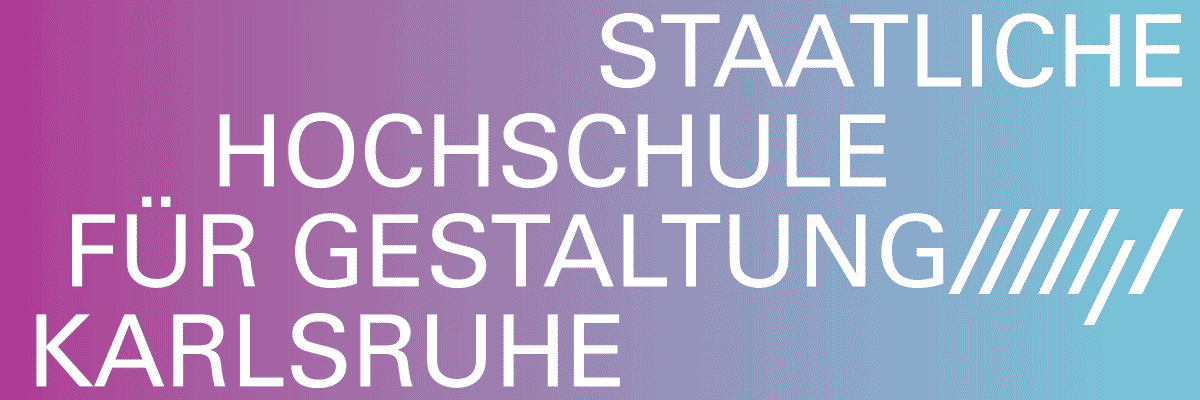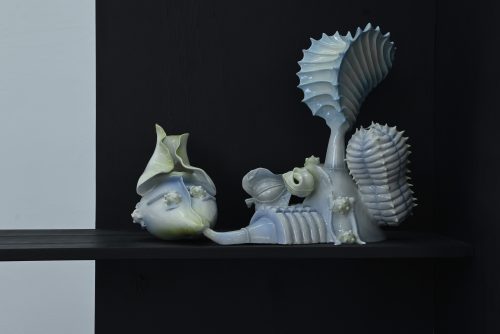
Lorna Bauer
"Lotte"
Project Info
- 💙 Kunstverein Dresden
- 💚 Marie-Charlotte Carrier
- 🖤 Lorna Bauer
- 💜 Marie-Charlotte Carrier
- 💛 Anja Schneider @anjaschneiderfotografin
Share on

Lorna Bauer Dandelion, 2024, Hand Mirrored, kilnformed glass and archival inkjet prints 91.4 x 61 cm (36 x 24 ").
Advertisement

Dandelion (detail), 2024, Hand Mirrored, kilnformed glass and archival inkjet prints 91.4 x 61 cm (36 x 24 ").

Installation view at Kunstverein Dresden

Dandelion, 2024, Hand Mirrored, kilnformed glass and archival inkjet prints 91.4 x 61 cm (36 x 24 ").

Installation view at Kunstverein Dresden

Installation view at Kunstverein Dresden

Lorna Bauer, "Air is Where Effort Goes No.12", Blown glass, metal 78.7 x 35.6 cm (31 x 14 ")

Installation view at Kunstverein Dresden

Installation view at Kunstverein Dresden

Lorna Bauer "Westmount Greenhouse (Japanese Anemone)", 2024, Hand Mirrored, kilnformed glass and archival inkjet print

Installation view at Kunstverein Dresden

Lorna Bauer, "Rue Rachel", 2024 Hand Mirrored, kilnformed glass and archival inkjet prints 91.4 x 61 cm (36 x 24 ")

Dandelion (detail), 2024, Hand Mirrored, kilnformed glass and archival inkjet prints 91.4 x 61 cm (36 x 24 ").

Lorna Bauer L’Oeil, 2025, Hand Mirrored, kiln-formed glass and archival inkjet print, flame-worked borosilicate 91.4 x 61 cm (36 x 24 ").
Lorna Bauer: Lotte
Kunstverein Dresden presents Lotte, the first solo exhibition in Germany by Canadian artist Lorna Bauer. With quiet intensity, Bauer weaves together sculpture and analogue photography, crafting a body of work as precise as it is poetic. Glass reads as a lens, a fragile instruments through which we seek to observe, preserve, and make sense of the natural world. Rooted in the legacy of Dresden's 19th-century glass artisans, Leopold and Rudolf Blaschka, Bauer's work traces intersections between care, scientific inquiry, preservation, and memory. In these works the impulse to document becomes an act of devotion. What emerges through her practice is a reflection on the tenuous threads between seeing and holding, care and control.
Taking its name from Lotte - a pet snail lovingly tended by the Blaschkas in their Dresden garden the exhibition draws on this quiet act of care as a lens through. which to consider our relationship with the natural world. When Lotte died at the of eight, the Blaschkas carefully preserved her shell in an ornate box, now held in the collections of Harvard University. This gesture, driven by intimate attention and scientific curiosity, becomes a poetic anchor in Bauer's exploration of how we seek to hold nature to study, protect, and inevitably transform it.
Over the past decades, Bauer has developed a distinctive body of work that is deeply rooted in the processes and materiality of photography, while also embracing a decisively sculptural dimension. Lotte brings together several series of works — some created especially for the exhibition — that explore the interplay between the photographic image, the sculptural and historical properties of glass, and the shifting qualities of light.
Through her practice, Bauer unravels the intertwined histories of glassmaking, photography, and botany, gesturing at the ways these technologies both shaped and were shaped by human attempts to preserve and display the natural world. In the 19th century, the rise of industrial glass production enabled the mass manufacture of glass sheets essential to early photographic processes, which relied on mirrored glass plates to capture images. At the same time, advances in glass production revolutionised architecture, allowing for the construction of vast greenhouses in botanical gardens across Europe -spaces that exhibited exotic plant species imported from colonised territories. Lotte attends to these ambivalent and entangled histories of glass as both a medium of image-making and a material of enclosure and their deep ties to the colonial history of botany and the human desire to possess, classify, and care. These fragile glass architectures, like photographs, hold within them stories of wonder but also extraction.
Bauer explores these tensions in a series of photographs taken on an abandoned plot of land in Montreal, where she lives a site contaminated by toxic waste and yet tenderly cared for by local gardeners who continue to cultivate it despite restrictions. Like chemicals seeping through Bauer's photographic surfaces, the land itself is saturated with toxins - her photographs capture the persistence of plant life growing in the shadow of environmental degradation.
In one work, a snail climbs up the stem of wild flowers towards a veil of chemical residue, made visible through the artist's use of an expired black-and-white Polaroid film. In others, delicate photographs are embedded in hand-mirrored glass panels. Using silver nitrate the light-sensitive substance that makes photographs visible - Bauer transforms sheets of glass into mirrored surfaces, handmade using techniques once employed to produce 19th-century greenhouse windows. Her works invite reflection on the dual nature of glass — as both protection and barrier а medium that tries to hold nature still.
In their Dresden studio in the early 19th century, the Blaschkas were commissioned to create exquisitely detailed glass models of plants, seeds, buds, and bulbs scientific specimens designed to preserve nature's fleeting forms for study. Using a technique known as lampworking (or flameworking), they heated rods of clear or coloured glass over a small flame, shaping them with metal tools into forms that were at once anatomically precise and seductively beautiful. For this exhibition, Bauer engages directly with this legacy, experimenting with glass as a material to foreground its sculptural possibilities. In a new body of work created especially for Kunstverein, she incorporates delicate flameworked elements into her hand-mirrored pieces, transforming them into sculptural objects that echo cabinets of curiosities. These new works enclose photographs like intimate keepsakes, held within fragile glass structures.
Placed directly on the floor, larger glass sculptures extend this exploration of material and form. Piercing through welded metal armatures, these vessels convey the liquidity and transience of glass - as if still in motion, still being shaped. Blown with a breath, they embody this gesture of attentiveness that runs through Bauer's practice. In these works, she breathes life into glass, capturing something of the ephemeral, and inviting reflection on the act of making, preserving, and holding onto what is fleeting.
Lorna Bauer lives and works in Tiohtiá:ke/Mooniyang/Montreal; her work has been featured in numerous solo and collective exhibitions in Canada and abroad: the Musée d'art contemporain de Montréal, the Darling Foundry (Montreal), Franz Kaka (Toronto), and Eleftheria Tseliou Gallery (Athens). She has been an artist-in-residence at Despina (Rio de Janeiro), The Récollets (Paris), the Quebec-New York Residency, Banff Centre, and the Atlantic Centre for the Arts. Her works are present in public and private collections, notably at the Musée d'art contemporain de Montréal and the Musée national des beaux-arts du Québec. Most recently, Bauer was awarded the Barbara Spohr Memorial Award for contemporary Canadian photography (2019); in 2021, she was a finalist for the Sobey Art Award, representing Quebec, and in 2024 she was awarded the Gattuso Prize. Bauer is represented by Galerie Nicolas Robert, Toronto and Montreal.
Marie-Charlotte Carrier is a Canadian curator based in London with extensive
experience working with major UK institutions, including the Barbican Centre, the
Hayward Gallery, and the Hepworth Wakefield. In addition to her institutional work,
she has an independent curatorial practice and is a dedicated scholar, pursuing
ongoing PhD research. Her work often explores the intersections of contemporary
art, ‘craft’ and environmentally focused practices, reflecting her commitment to
innovative exhibition practices and academic inquiry.
Marie-Charlotte Carrier




